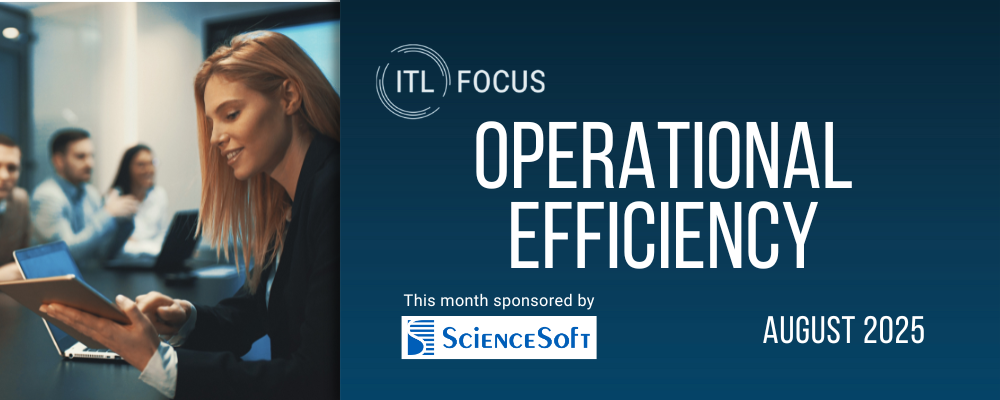There are several seminal moments when I first experienced something that forever changed the trajectory of my life:
--While senior director of research and development at ACORD in 1992, I worked with New Science, a research firm. The insurance industry was heavily investing in the development of AL3 batch data standards via point-to-point dial-up connections. New Science, however, was looking way down the path toward global, online, real-time transactions through a single network connection. Working with New Science was the first time I heard the word "internet."
--I distinctly remember walking through the Indianapolis airport and seeing someone holding a “brick” next to his head. It was the first time I saw a mobile phone in operation, a Motorola Dynatic 8000X. Priced at $3,995 and weighing in at 28 ounces, the phone took roughly 10 hours to take on a full charge and offered only about 30 minutes of talk time on a highly limited analog network. Some of us remember running off airplanes to banks of payphones to check voice mail and to make calls between connections. Now it’s almost impossible even to find a pay phone.
--My first date with Mary Ann Hildebrand was Oct. 9, 1971. Game 1 of the 1971 World Series featured the Pittsburgh Pirates against our hometown favorites, the Baltimore Orioles. A week later, I held her hand and kissed her for the first time. And, after 41 years of marriage, the rest is history, as they say.
I also clearly remember listening to and meeting Thornton May in 1992 after his scathing commentary, “Luddism Looms Large,” appeared in ComputerWorld. It was the first time I heard the term "Luddite." The term goes back to followers of Ned Ludd, the late 18th century British antitechnology leader who protested the replacement of human labor and skill with machines. Ludd energized a movement throughout the textile industry as his followers protested by destroying machines and property. Luddism today is a more general term for those who are opposed to technology change.
See also: Key to Digitizing Customer Experience
When it comes to online verification, the insurance industry is filled with Luddites, compared with other industries. Every time an insurance policy or business relationships changes anywhere in the world, verification of insurance and compliance checking is required. This should happen digitally, right? In this day and age.... Instead, verification is delivered via a form, whether paper, fax or PDF.
All have the same problem: The information in them is as of a point in time. The information is locked, and the receiver can't do anything with it.
Compare that with these industries:
- To verify stock price information, you don’t have someone send you a form saying what it was last week or last month. You don't even have to log onto the individual company websites, or have to go to the NYSE or NASDAQ. You just search for the company, and you see today’s price as it dynamically changes, in addition to historical pricing and a raft of other information.
- To verify the status of a flight, you don’t have to log onto the individual airline websites. You just search for the airline and flight number and you see the schedule, if it’s on time in addition to city and gate information.
- To verify my ability to pay, no one takes impressions of credit cards anymore. I do not show paper or PDF versions of my three-month-old credit card or bank statements to prove that I can pay. Nor does anyone take a picture of a check, my face and driver's license. Someone I'm paying reads my card or check electronically, automatically verifying that funds are available.
I was reminded of this on my most recent speaking engagement. At 4 a.m., I arrived at my destination city. I stepped into a cab and was efficiently whisked away to my meeting location. Cabs no longer take a physical impression of my credit card. Instead, my card with an onboard chip was inserted, read and charged. Boom! Verified.
Unlike other industries that have online verification available, today’s convoluted and wildly expensive verification of insurance is a vortex of manual effort, paper, email, faxes and procedures. Data is both late and locked in certificate forms (paper or PDF). To begin getting our arms around the size of this opportunity, here are three sets of statistics to reflect on:
- $1 trillion-plus of vehicle loans in the U.S. require verification at least once a year -- twice a year if the policy is six months, and perhaps 12 times a year if the insured is paying monthly.
- 1.2 million companies with 28.8 million commercial trucks and 3 million drivers provide forms as proof of insurance. How many do you think are out of date? Fraudulent?
- 42.6 million independent contractors provide form-driven proof of insurance when they bid on a job.
Companies that receive data on forms have no assurance that the information is real or accurate or complies with their needs. Even with extensive and expensive manual checking, no one really knows if the data on the form is valid.
We have an expensive, lose-lose proposition.
Trying to fix the problem by addressing the form is like trying to fix cigarettes with a new type of cigarette. Problems with the underlying technology preclude a solution.
See also: Secret to Finding Top Technology Talent
When a form-based proof/certificate of insurance is shared today, no one asks for a non-disclosure. There is also no password or encryption beyond the PDF format. Insurance rates, rules and forms are filed and approved by state agencies, which by nature make them available to the public. You can also go to web sites to search and view insurance carrier forms.
Insurance verification is not just at origination or signing of a contract. Insurance verification is continuous.
Once it goes on, it goes on and on.








